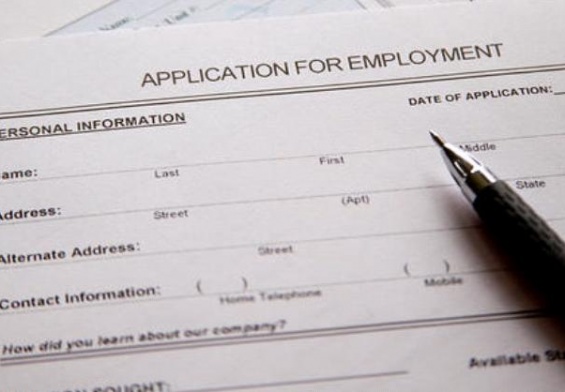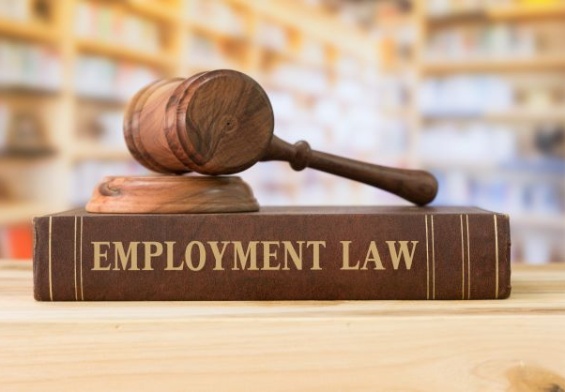In May 2020, Dr. Rick Bright, the director of the United States Biomedical Advanced Research and Development Authority, blew the whistle by alleging the Trump administration ignored his warnings about COVID-19 and fired him from his role in retaliation. When he testified before Congress, he shined a light on issues of scientific and government dishonesty, demonstrating the risks whistleblowers take when exposing wrongdoing within powerful organizations.
The Whistleblower Protection Act (WPA) gives federal employees rights designed to protect those who stand up to their employers by exposing them for misconduct, corruption, and inefficiency. By looking at the history of the WPA, legal milestones, and continuing challenges of the Whistleblower Protection Act, its significant role in keeping government operations ethical and accountable becomes apparent.
Early Whistleblower Protections
Early whistleblower protections in the United States have their roots in the False Claims Act of 1863, which was enacted during the Civil War to deter fraud by military contractors. Also known as the “Lincoln Law,” this act gave individuals the power to sue on behalf of the government and receive some of the recovered damages, providing an incentive for whistleblowing. Future protections would build upon the foundations laid by this law.
Over 100 years later, in 1978, the Civil Service Reform Act established the Merit Systems Protection Board (MSPB). The MSPB’s purpose is to protect federal employees from unjust practices and handle complaints, providing a formal process for addressing complaints and protecting reporters of misconduct within federal agencies.
The Whistleblower Protection Act of 1989
The Whistleblower Protection Act of 1989 was introduced to fix the significant gaps in existing laws, which caused them to sometimes fail to fully protect federal employees who reported misconduct. Promoted by prominent figures like Michigan Senator Carl Levin, the Whistleblower Protection Act attempted to make it so whistleblowers could report wrongdoing without experiencing retaliation.
The Act introduced strong protections against retaliatory moves like termination, demotion, or harassment. It also established specific processes for filing complaints and seeking fixes for them via the Office of Special Counsel and the Merit Systems Protection Board. These measures provided a clear and supportive blueprint for whistleblowers, encouraging them to expose unethical practices and improve accountability within federal agencies.
Amendments and Enhancements
2012’s Whistleblower Protection Enhancement Act (WPEA) expanded protections for federal employees, fixing gaps and unclear language in the original 1989 Act. It clarified that disclosures made while an employee was working or that contain previously reported information are protected, as well as expanded whistleblower rights and protections to challenge retaliatory actions by making appeals more easily accessible.
Additionally, Presidential Policy Directive 19 (PPD-19), also issued in 2012, provided ways to prevent retaliation against employees reporting misconduct in the intelligence and national security sectors. This directive gave whistleblowers access to review boards for their claims that were independent, giving the most sensitive government sectors transparency and accountability.
Challenges and Criticisms
The Whistleblower Protection Act faces its fair share of challenges and criticisms, mainly in how judges interpret it and the Federal Circuit Court of Appeals’ role. Key court cases significantly impact whistleblower rights and protections. For instance, Garcetti v. Ceballos ruled public employees do not have First Amendment protections for speech related to their official duties. This limited their ability to report misconduct without being retaliated against. Moreover, the Federal Circuit Court of Appeals has been criticized for often siding with agency management, which makes it harder for whistleblowers to win their cases. This led to concerns that the Whistleblower Protection Act doesn’t provide enough protections.
Key Whistleblower Cases
Several key whistleblower cases have shaped public opinion and instigated legislative reforms. Some of these cases include that of Frank Snepp, a CIA analyst who exposed agency misconduct in Vietnam, leading to new policies and a closer look at intelligence operations. John M. Gravitt, a federal employee, spoke out against fraud in government contracts, which led to the enaction of the Whistleblower Protection Act. Mark Whitacre, an executive at Archer Daniels Midland, demonstrated the need for corporate whistleblowers by exposing a price-fixing scheme. These cases both shed light on these issues and underscored the dangers whistleblowers face. This prompted lawmakers to strengthen protections and encourage ethical transparency within organizations.
Current State and Future Directions
Current legislative efforts and the role of advocacy groups dictate the current state of whistleblower rights and protections. Bills and proposals like the Whistleblower Protection Reform Act want to close existing loopholes and strengthen protections for whistleblowers in the private sector and government contractors. These legal endeavors focus on expanding the scope of protected disclosures and strengthen protections against retaliation. The Government Accountability Project (GAP) and similar advocacy groups have been helping move these developments along by giving legal assistance to whistleblowers, lobbying for stronger protections, and raising public awareness about the importance of whistleblowing. These organizations drive reforms by spotlighting high-profile cases and pushing for policies that support and protect whistleblowers who expose wrongdoing.
Today’s Whistleblower Protection Act
The Whistleblower Protection Act is completely different now than it was at its introduction in 1989. It’s expanded from its original framework to include wider protections and clearer definitions via amendments like the Whistleblower Protection Enhancement Act of 2012 and Presidential Policy Directive 19. These legal advancements are important for protecting federal employees who expose wrongdoing.
Despite these advances, there are still challenges, mainly in judicial interpretations and how the protections are implemented. Current legislative efforts and the active participation of advocacy groups like the Government Accountability Project address these gaps and ensure complete whistleblower protections. As new threats arise, continuous vigilance becomes necessary to maintain and strengthen the support systems for whistleblowers risking their careers to maintain ethics and integrity.




